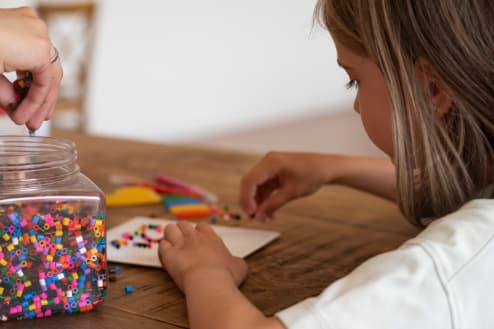Each individual case of “why a child does not speak” needs to be considered individually with specialists. In some cases, neurological problems, hearing defects or problems related to language dysfunction may be to blame.
“Speech activity affects the shape of the dental arch and structures of the upper jaw, especially the arch of the palate,” states Professor Rudolf Slaviczek. I think this statement by the internationally renowned gnathologist and author of his own theory of occlusion is not questioned by anyone. The tongue is a rather strong muscular organ, putting pressure on the dental arch with a weight of about 500 g. Consequently, in the case of a pronounced dysfunction of the tongue, the point of application of this force shifts, which causes changes in the bite.
Speech activity disorder, of course, refers to tongue dysfunction. Why? Because this defect means that the tongue has little flexibility and is in the wrong position (low, interdental or interdental), either when speaking or when not speaking. In this case, we are talking about a medium to low degree of speech activity. In turn, in none of the above-mentioned positions, the tongue has the function of supporting the palate, which causes its deformation.
So what should be understood by speech activity?
First, the beginning of the emergence of speech. The norm is considered the first words in a child at 1 year, and the beginning of phrasal speech (child speaks in sentences, not words) at about 1.5 years. If a child has a delayed onset of speech (at age 3 or later), he or she will be at risk of orthodontic problems. Bite pathology is almost inevitable!
Second, speech activity can also be viewed from a psychological perspective. In short, introverts are more likely to get a bad bite than extroverts. As a rule, speech is always a matter of one’s own initiative, of having a need for self-expression. If the child has problems in the implementation of the statement, parents should know that these features in the communication can be corrected.
Third, the level of language proficiency is taken into account. Defective pronunciation of sounds, difficulties in selecting the appropriate word or expression for the situation, fears of being misunderstood, sometimes lead to a decrease in self-esteem, and the child turns into a silent person of secondary nature.
This is the bouquet of speech and psychological problems that can affect the aesthetics of a bite. Early contact with a speech therapist will allow you to “talk” your child and prevent unwanted complications!

 Martinez Tracy
Martinez Tracy


